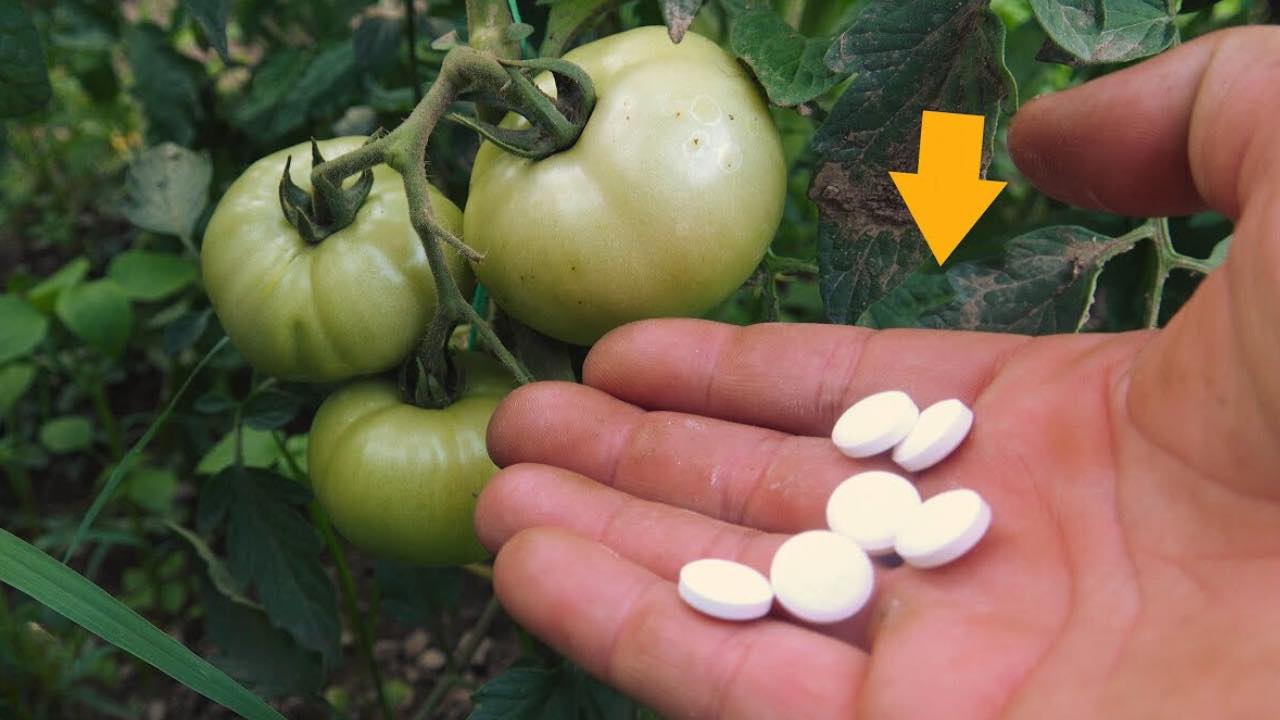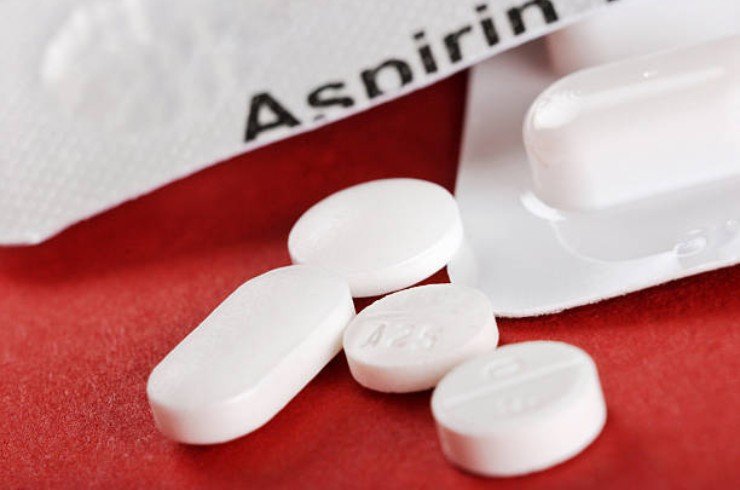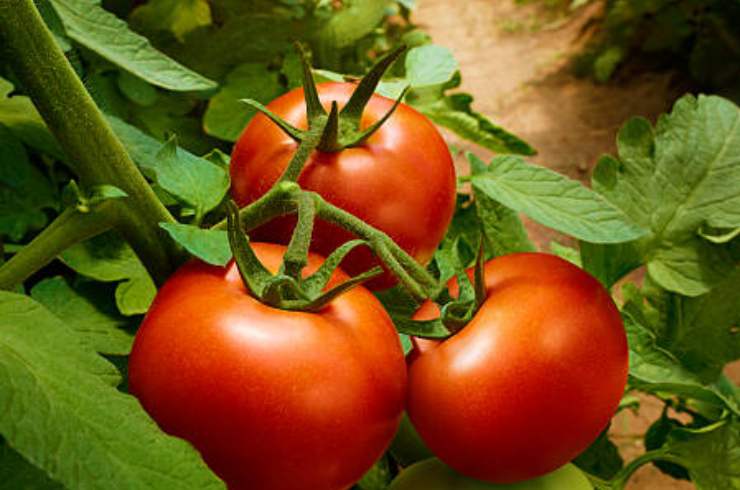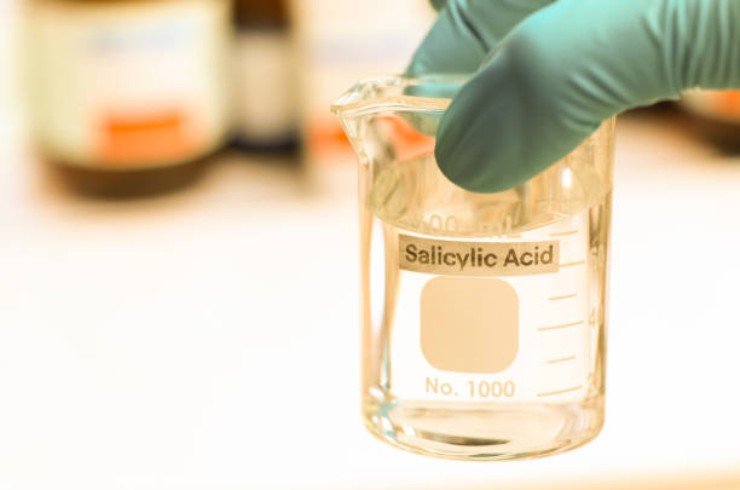
Vegetable Garden Tips: Achieving Luscious, Red, and Juicy Tomatoes

For those keen on cultivating tomato plants, achieving outstanding results requires adherence to specific guidelines, and a proven method, supported by scientific studies, promises remarkable effectiveness. Let’s delve into the details of this method that guarantees huge, red, and vibrant tomatoes—a trick you’ll never want to abandon.
Cultivating Method for Robust Tomatoes:
When passionate about plant growth, especially tomatoes, seeking reliable methodologies is essential for achieving lush and healthy plants and fruits. The key to obtaining tomatoes bursting with juice, immense size, and rich color lies in following specific rules.
Among the most efficient methods is one centered on the use of two unconventional yet highly effective products: classic aspirin and salicylic acid. Both have demonstrated sensational results in gardening, particularly favored by organic enthusiasts.

Natural and Organic Salicylic Acid:
Identifiable by its lighter leaves and grayish tint, the white willow serves as the source of organic salicylic acid. For those unable to access white willow bark, aspirin presents a viable alternative.
Scientific studies confirm that plants generally produce salicylic acid, particularly in response to issues such as mold or bacteria. The natural production of salicylic acid functions as a defense mechanism against parasites and diseases, crucial for maintaining plant cellular composition.
The role of salicylic acid is especially vital for tomato plants, contributing to a 45% higher yield compared to other crops like peppers, eggplants, and potatoes.
Impact of Salicylic Acid on Tomato Plants:
Salicylic acid plays a significant role in protecting tomato plants from diseases such as downy mildew, powdery mildew, and fungi. Basic elements like white willow bark, salicylic acid, or aspirin serve as excellent preventive measures, ensuring a healthy plant without prevalent issues.

It’s important to note that while these measures can prevent diseases, they cannot cure an already affected plant. Hence, aspirin becomes integral in early treatments.
Applying Aspirin to Plants: Precise Guidelines:
For optimal results, understanding the correct aspirin-to-water ratio is crucial. For one aspirin tablet, use 3.5 liters of water—a dosage designed specifically for plant health, ensuring no harm.
Salicylic acid and aspirin can be applied through spraying or watering. For larger, not fully mature plants, spraying with salicylic acid is recommended after rain, repeated every three weeks.

Opting for the organic version of salicylic acid allows for a more generous application, while aspirin, being a concentrated form, requires careful dosage consideration.
Following this procedure diligently yields remarkable results for tomato plants. Salicylic acid provides a protective shield against potential diseases, offering resilience to adverse weather conditions, making plants more tolerant to humidity and dryness.
